Few places in the American Southwest capture the imagination like Upper Antelope Canyon. With its graceful sandstone curves, mesmerizing light beams, and rich Navajo heritage, this world-famous slot canyon near Page, Arizona, is a must-see for many travelers. On my most recent trip, I joined a Navajo-guided tour to experience it firsthand and I left with a camera full of photos and a heart full of awe.
In this detailed Upper Antelope Canyon tour review, I’ll walk you through the booking process, the experience of walking through the canyon, what to bring, and how it compares to other nearby canyons.
📅 Booking Your Upper Antelope Canyon Tour
Upper Antelope Canyon is located on Navajo land and can only be visited with a licensed Navajo tour guide. You cannot enter the canyon independently. Several authorized operators offer tours, and the most popular time slots, particularly midday, sell out weeks or even months in advance.
When booking, consider:
- Best time to visit: Late morning to early afternoon (around 11 AM–1 PM) is when the famous light beams appear, especially from late March through early October.
- Tour length: Most tours last 60–90 minutes.
- Cost: Prices typically range from $90 to $120 per person, including Navajo Nation fees.
- Group size: Groups can be large in peak season. If you prefer more time and space, consider an early morning or late afternoon slot.
💡 Leila’s Tip: If you want a quieter, more relaxed slot canyon experience, also look into Antelope Canyon X, which has fewer crowds but equally stunning rock formations.
🚐 Upper Antelope Canyon Tour Experience: Step by Step
1. Check-In and Orientation
Your Upper Antelope Canyon adventure begins in the small desert town of Page, Arizona, where you’ll check in at your chosen tour company’s office. Most operators are based right in town, close to hotels and main roads. You’ll confirm your reservation, show ID, and sign a liability waiver—standard for tours on Navajo Nation land.
The atmosphere at check-in is a mix of excitement and anticipation. Other travelers mill about with cameras and water bottles, chatting quietly or scanning guidebooks. Guides often take a moment to introduce themselves, explaining safety rules, what to expect in the canyon, and a brief history of the area. They’ll remind you to bring only essentials—bags are often prohibited to keep the narrow pathways clear.
💡 Leila’s Tip: Arrive at least 30 minutes early. Tour schedules are strict, and late arrivals usually can’t be accommodated because groups depart in tight intervals.
2. Boarding the 4×4 Desert Shuttle
When your group is called, you’ll climb into the back of a custom open-air 4×4 truck or enclosed vehicle, depending on your tour provider. The ride to the canyon is an adventure in itself. You’ll bump along a sandy, unpaved road for about 10–15 minutes, surrounded by a stark but beautiful desert landscape.
As the truck powers over soft dunes and through dry washes, you’ll catch glimpses of the towering sandstone formations that hint at what’s ahead. The wind carries the scent of dry earth, and your guide might use this time to share Navajo legends, point out plants used in traditional medicine, or explain how flash floods shaped the canyon over centuries.
3. Arriving at the Canyon Entrance
From the parking area, the entrance to Upper Antelope Canyon looks surprisingly unassuming—a narrow, shadowy slit in the rust-red sandstone wall. It’s easy to see why early Navajo called it “Tse’ bighanilini”, meaning “the place where water runs through rocks.”
Before entering, the guide gathers the group for final instructions: walk single file, follow their lead, and avoid leaning on the canyon walls, which are fragile despite their solid appearance. The air here feels cooler and slightly damp, a hint of the shaded world just inside.
4. Stepping Inside the Canyon
The moment you step into the canyon, the light changes dramatically. Outside, the sun blazes in desert brightness; inside, a soft, filtered glow bathes the sandstone in hues of gold, rose, and violet. The walls rise dozens of feet overhead, curving and twisting into shapes that seem almost fluid.
The sandy floor is easy to walk on, but the space is narrow—sometimes just wide enough for two people to pass. Your guide will lead you deeper, stopping to point out famous rock formations with names like “The Lady in the Wind” or “The Seahorse.” Each has its own story, sometimes rooted in Navajo tradition, sometimes in the imagination of past visitors.
5. Experiencing the Light Beams
If you’ve timed your visit for late morning or midday in spring or summer, you may be treated to the light beams, thin shafts of sunlight that slice down through the narrow openings above. When the guide tosses a small handful of sand into the beam, it glows like a spotlight, creating a scene straight out of a dream.
The group usually pauses for several minutes at each beam to allow for photos. You’ll hear camera shutters clicking, but there’s also a hushed reverence in the air—people instinctively lower their voices in the presence of something so rare and beautiful.
6. Moving Through the Canyon’s Chambers
The walk through Upper Antelope Canyon isn’t long. It is about 100 yards but the twists and turns make it feel like a journey through multiple rooms. Each bend reveals a new play of light and shadow. Some chambers are wide and open, others so narrow you feel like you’re moving through a sandstone hallway sculpted by an artist’s hand.
The guide might demonstrate how sunlight reflects off one wall to illuminate another, or how certain spots glow with intense color just after a cloud passes. At times, you’ll look straight up to see a sliver of blue sky framed by sculpted stone.
7. Exiting the Canyon
Eventually, the walls begin to widen, and you step back into the full desert sun. The exit opens to a broad sandy wash, with views stretching out across the Navajo Nation’s rugged landscape. The transition from the cool, shadowed canyon to the hot, bright desert feels almost like waking from a vivid dream.
From here, you’ll reboard the 4×4 shuttle for the return trip to Page. Dust clings to your shoes and camera bag, but you’ll carry back something much harder to shake; the memory of walking through one of the most photogenic and spiritually significant places on Earth.
📷 Photography Tips for Upper Antelope Canyon
- Bring a camera with manual settings if possible—adjusting exposure can make a huge difference.
- Avoid using flash, as it flattens the natural shadows and colors.
- Hold still for low-light shots or use a mini tripod if your tour allows it (most standard tours do not permit large tripods).
- Look up often—some of the most stunning shapes and colors are above you.
💡 Leila’s Tip: If photography is your main focus, consider booking a specialized photography tour when available, though these have become more limited in recent years.
🔍 How Upper Antelope Canyon Compares to Other Canyons
When you start researching slot canyons in Page, Arizona, you’ll quickly discover that there are three standout options: Upper Antelope Canyon, Lower Antelope Canyon, and Antelope Canyon X. All three are carved from the same Navajo sandstone, shaped by centuries of flash floods and wind erosion. Yet, the differences in lighting, layout, and crowd levels mean that each offers a very different travel experience.
I’ve walked through all three, and while the beauty is consistent, the atmosphere in each canyon can completely change the feel of your tour. Here’s a detailed breakdown so you can choose the one that best fits your travel style.
Upper Antelope Canyon – Iconic Light Beams and Gentle Stroll
Upper Antelope Canyon is the one you’ve likely seen splashed across travel magazines and Instagram feeds. It’s famous for its light beams, which pierce through the narrow openings above and illuminate the canyon’s sandy floor in dramatic columns of gold and white. These beams are most common between late March and early October, and only when the sun is high in the sky around midday.
The walk through Upper is short and flat, making it accessible for most visitors, including families with young children or those who prefer a gentle pace. The canyon walls are wide enough to allow for easy movement, yet close enough to create that mesmerizing tunnel effect. Your guide will often pause the group to point out rock formations with nicknames like “The Lady in the Wind” or “The Heart,” and they’ll sometimes help adjust your camera or phone settings to capture the scene.
The trade-off for this accessibility and iconic beauty is the crowds. In peak season, tours can feel a bit rushed because groups are moved along in a steady stream. You’ll often have to wait your turn to snap a photo at popular spots. Still, if you’ve dreamed of that perfect light beam shot, Upper Antelope Canyon delivers it like nowhere else.
Lower Antelope Canyon – Twisting Passageways and Adventure Feel
Lower Antelope Canyon offers a very different kind of experience. While Upper is a gentle stroll, Lower is more physically engaging. The entrance drops you down into the earth via steep metal staircases, and once inside, you’ll navigate through winding corridors that twist and narrow unexpectedly. At times, you’ll need to turn sideways to pass through tight spots, climb short ladders, or step carefully over uneven sandstone.
The shapes in Lower Antelope Canyon are some of the most intricate and varied of any slot canyon I’ve visited. The curves seem to swirl like liquid rock, and the light filtering in from above creates a constantly changing palette of pinks, purples, and deep reds. Because the canyon is longer and more varied in width, it feels like an unfolding journey rather than a single dramatic hallway.
While Lower doesn’t have the same frequency of light beams as Upper, the texture and shape of the rock walls make it an incredible destination for photography. You’ll have a mix of wide chambers perfect for wide-angle shots and tight corridors that create abstract compositions. The pace here tends to be steady but slightly less bottlenecked than Upper, making it a favorite for travelers who want both beauty and a touch of adventure.
Antelope Canyon X – Quiet Beauty and Space to Breathe
If you love the idea of a slot canyon but dread being shoulder-to-shoulder with other tourists, Antelope Canyon X is your answer. Located a short drive from the main Antelope Canyon sites, Canyon X is made up of two intersecting slot canyons that form an “X” when viewed from above. The walls here are just as tall and graceful as in Upper or Lower, but the crowds are dramatically smaller.
Tours at Canyon X often feel more personal and relaxed. Guides have more time to share Navajo stories, explain the geology, and point out interesting formations without hurrying you along. You’ll have more opportunities to pause, take in the silence, and set up your shots. While light beams are less common here, the wider spaces allow for beautiful panoramic photography, and the softer lighting makes it easier to capture the natural colors of the sandstone without harsh shadows.
Because it’s less visited, Canyon X also offers more solitude—you can sometimes find yourself standing alone in a chamber, listening to nothing but the wind moving through the stone. It’s a very different vibe from the high-energy flow of Upper and Lower, and one I recommend to anyone seeking a calmer, more reflective slot canyon experience.
Quick Comparison Table
| Feature | Upper Antelope Canyon | Lower Antelope Canyon | Antelope Canyon X |
|---|---|---|---|
| Crowd Level | Very high | Moderate to high | Low |
| Physical Effort | Easy, flat walk | Moderate, stairs & ladders | Easy to moderate |
| Light Beams | Most frequent & dramatic | Occasional, softer | Rare but possible |
| Photography | Iconic postcard shots | Unique textures & swirling shapes | Wide-angle scenic perspectives |
| Tour Length | 60–90 minutes | 60–90 minutes | 75–90 minutes |
| Price Range | $$$ | $$$ | $$ |
🎒 What to Bring for Your Tour
- Comfortable walking shoes (the sandy floor can be uneven)
- A hat or scarf to protect against sun and dust during the truck ride
- A bottle of water—hydration is essential in Arizona’s dry climate
- A camera or smartphone with good low-light performance
- Minimal personal items—bags are often restricted inside the canyon
🧭 Practical Tips for Visiting
- Book early—especially for midday slots in spring and summer.
- Check the weather—tours may be canceled if flash flood risks are high.
- Be respectful—the canyon is on sacred Navajo land, so follow all guidelines from your guide.
- Tip your guide—their knowledge and assistance greatly enhance the experience.
Final Thoughts from Leila
Upper Antelope Canyon is one of those rare places where reality matches and often exceeds the photos you’ve seen. The play of light and shadow, the rich textures of the sandstone, and the deep sense of history all combine to create a truly unforgettable experience.
While it’s more crowded and structured than some other slot canyons, the magic of standing inside those walls as sunlight streams down is worth every step.
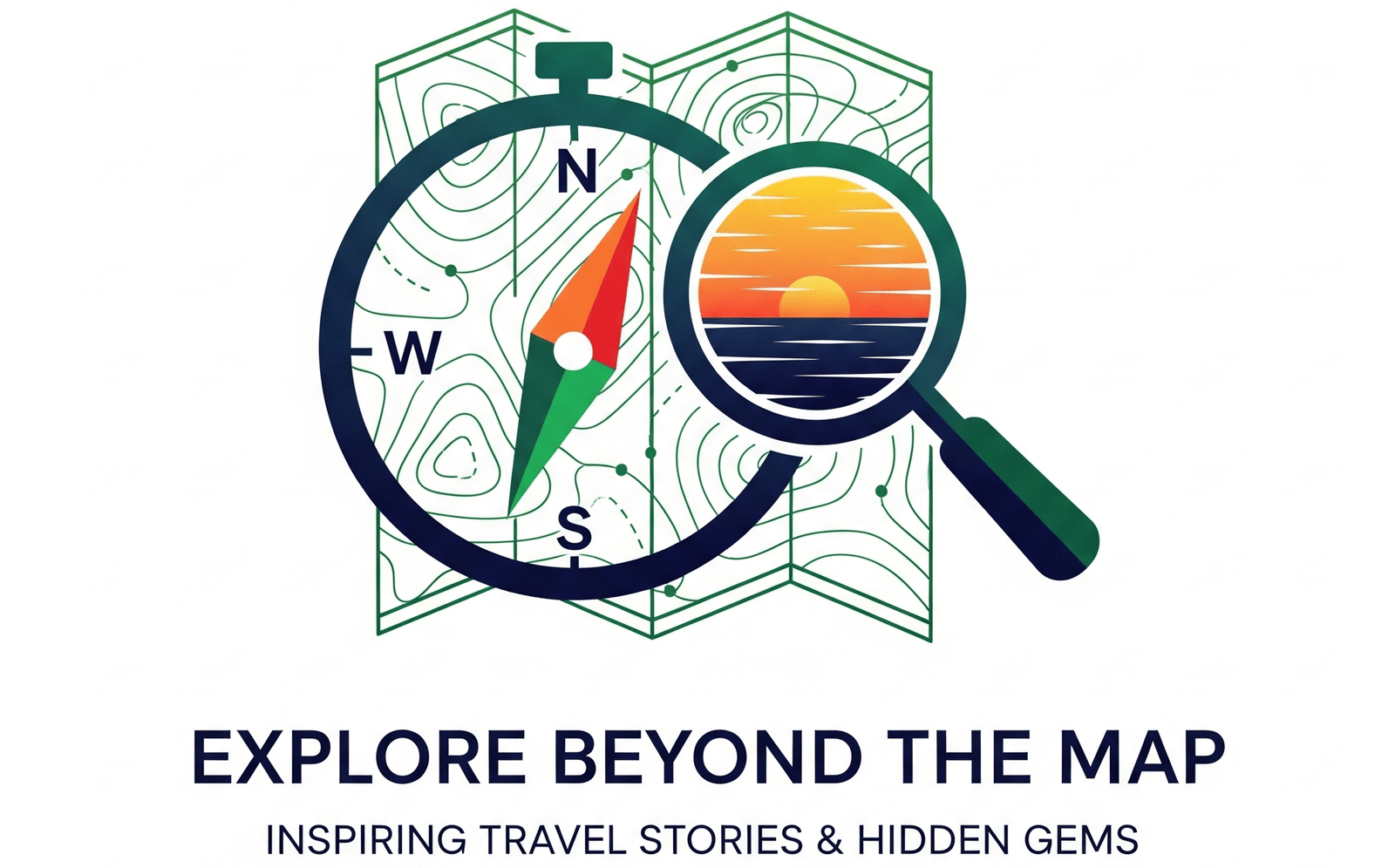
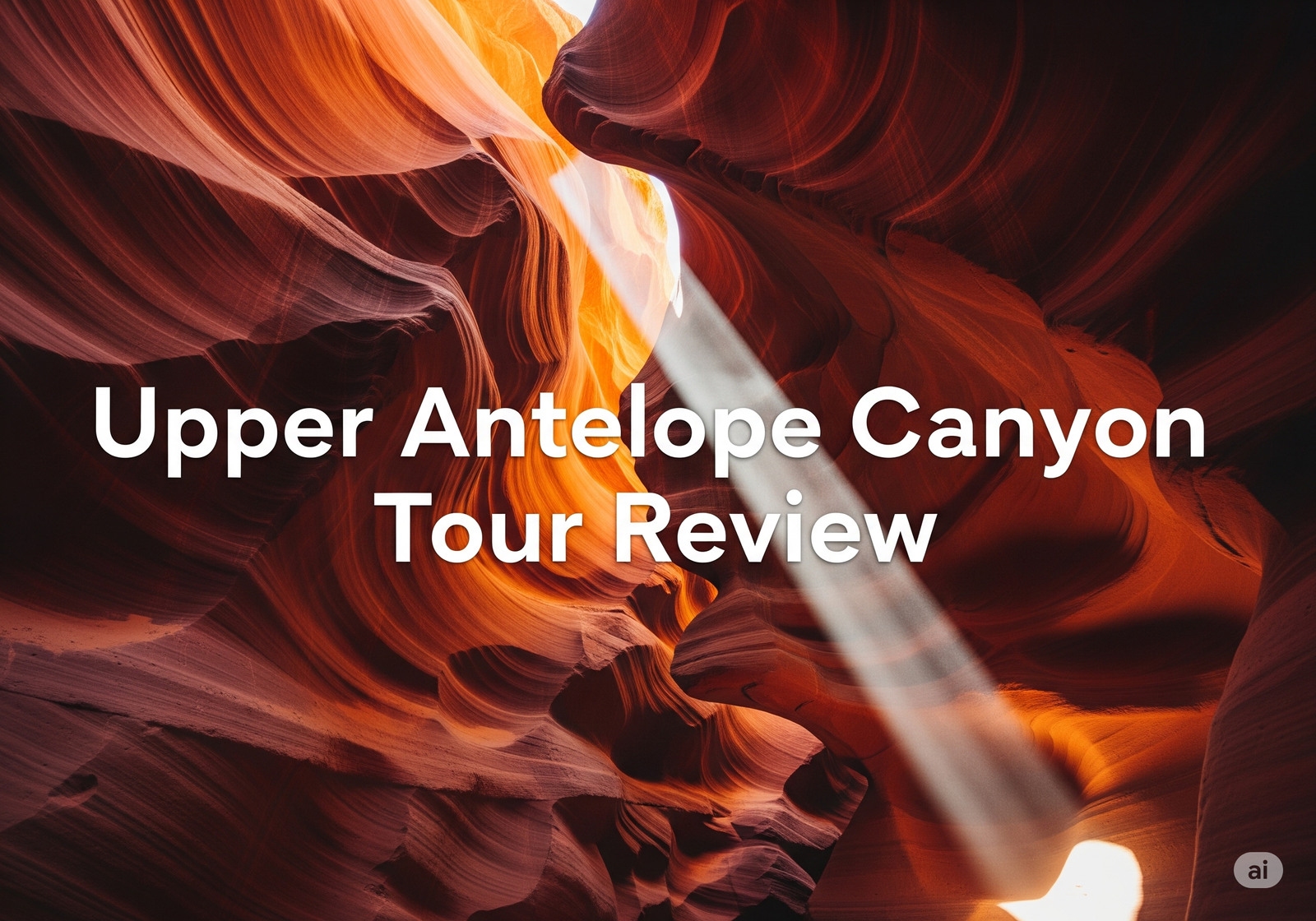


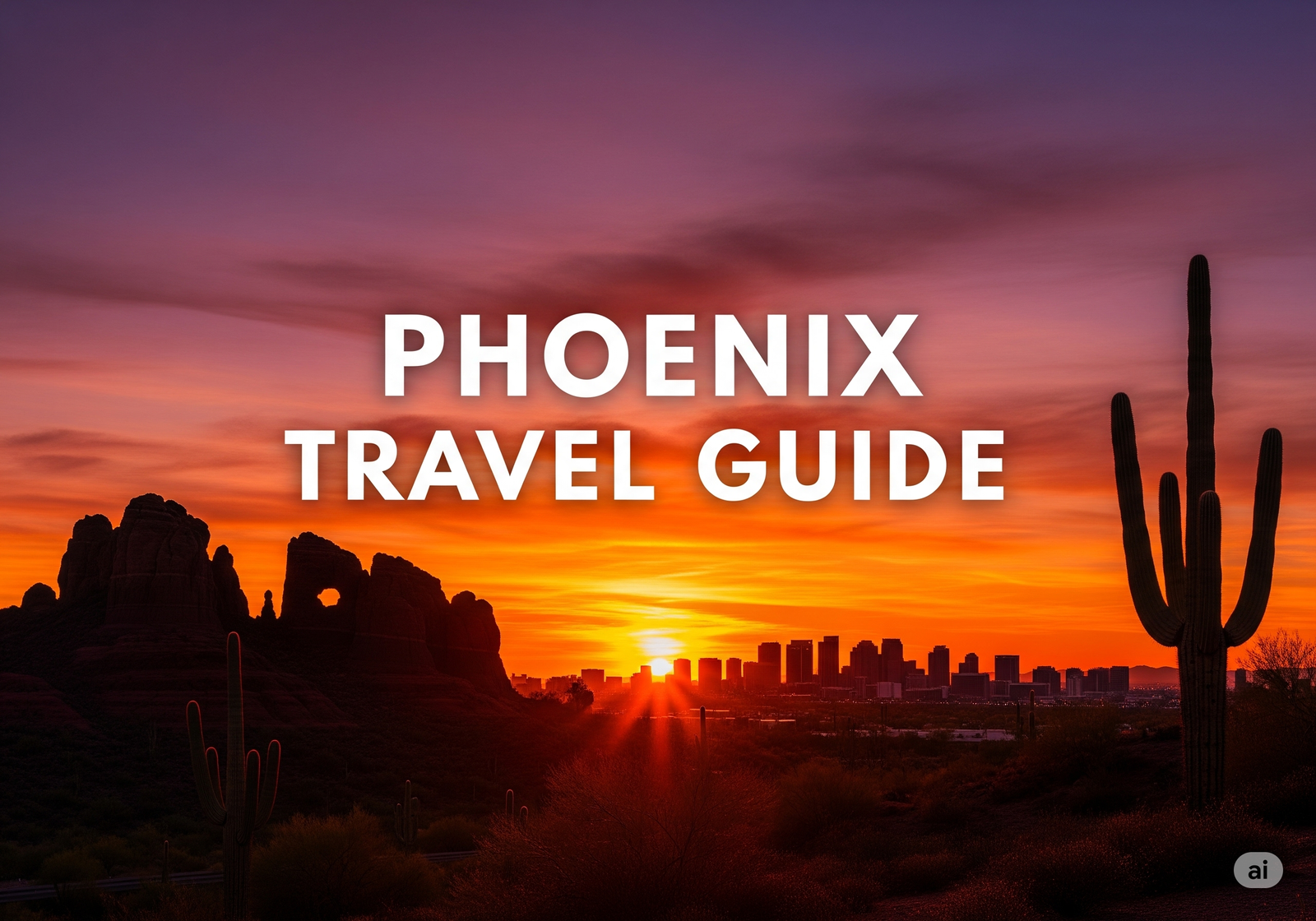
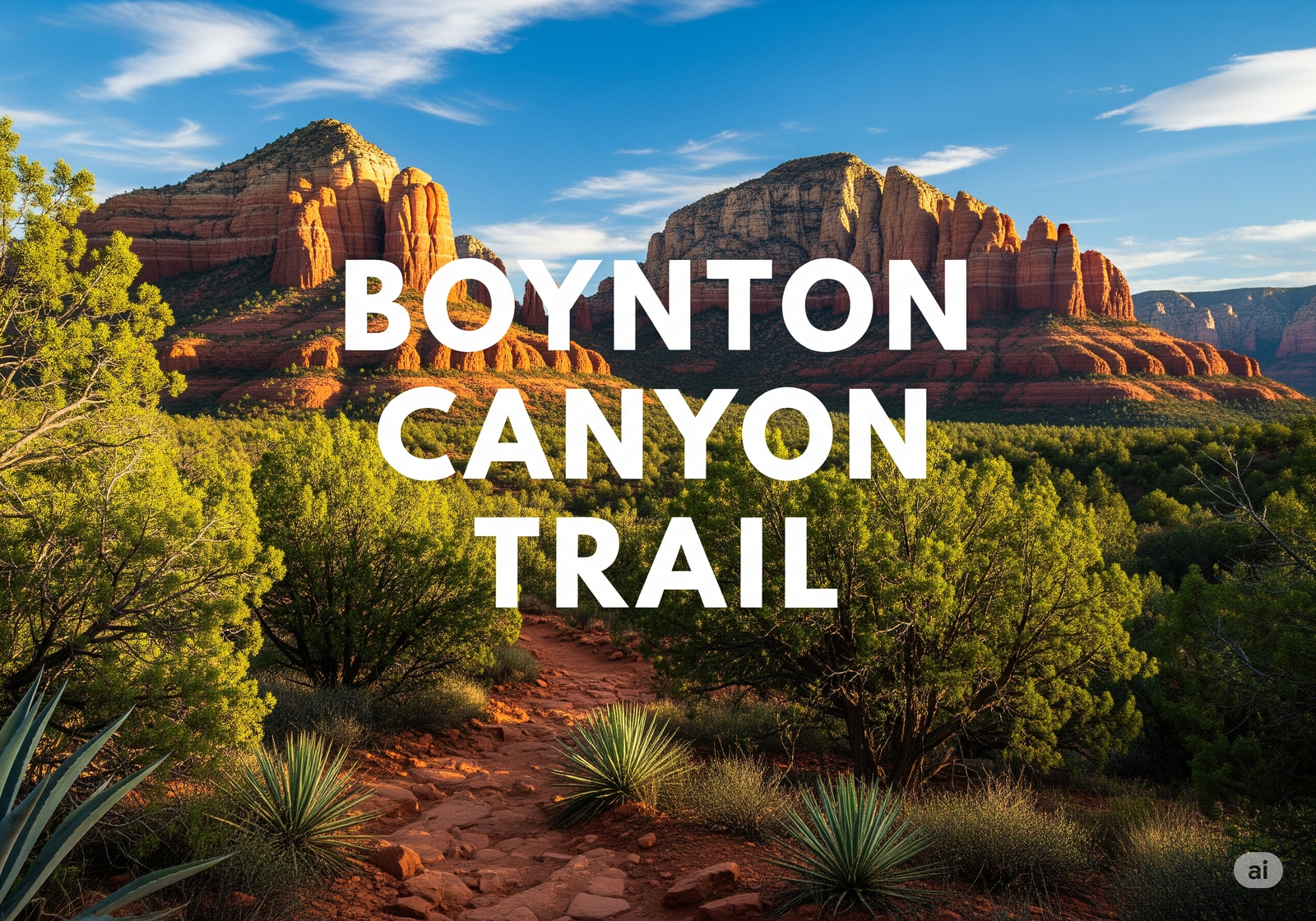
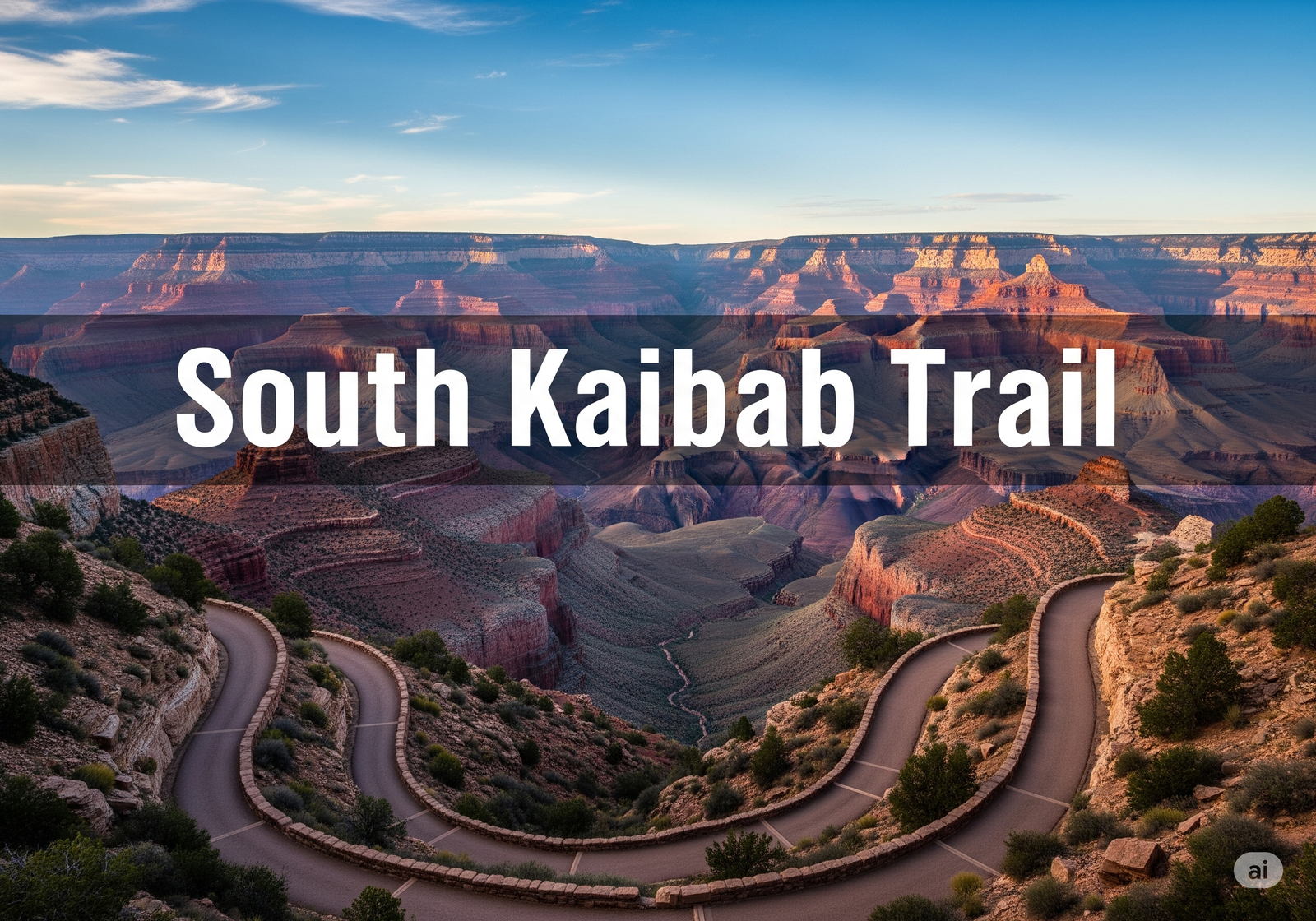
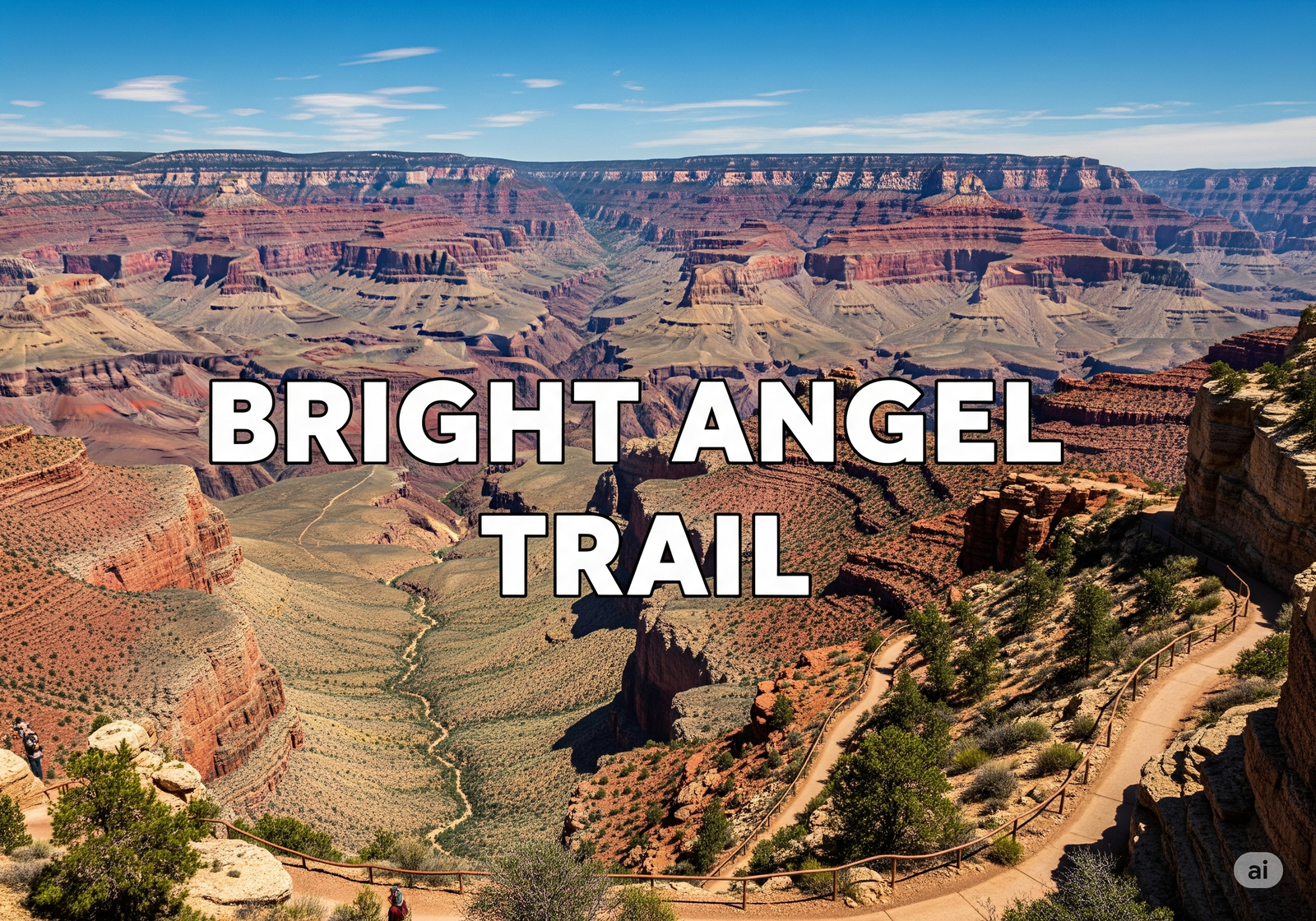
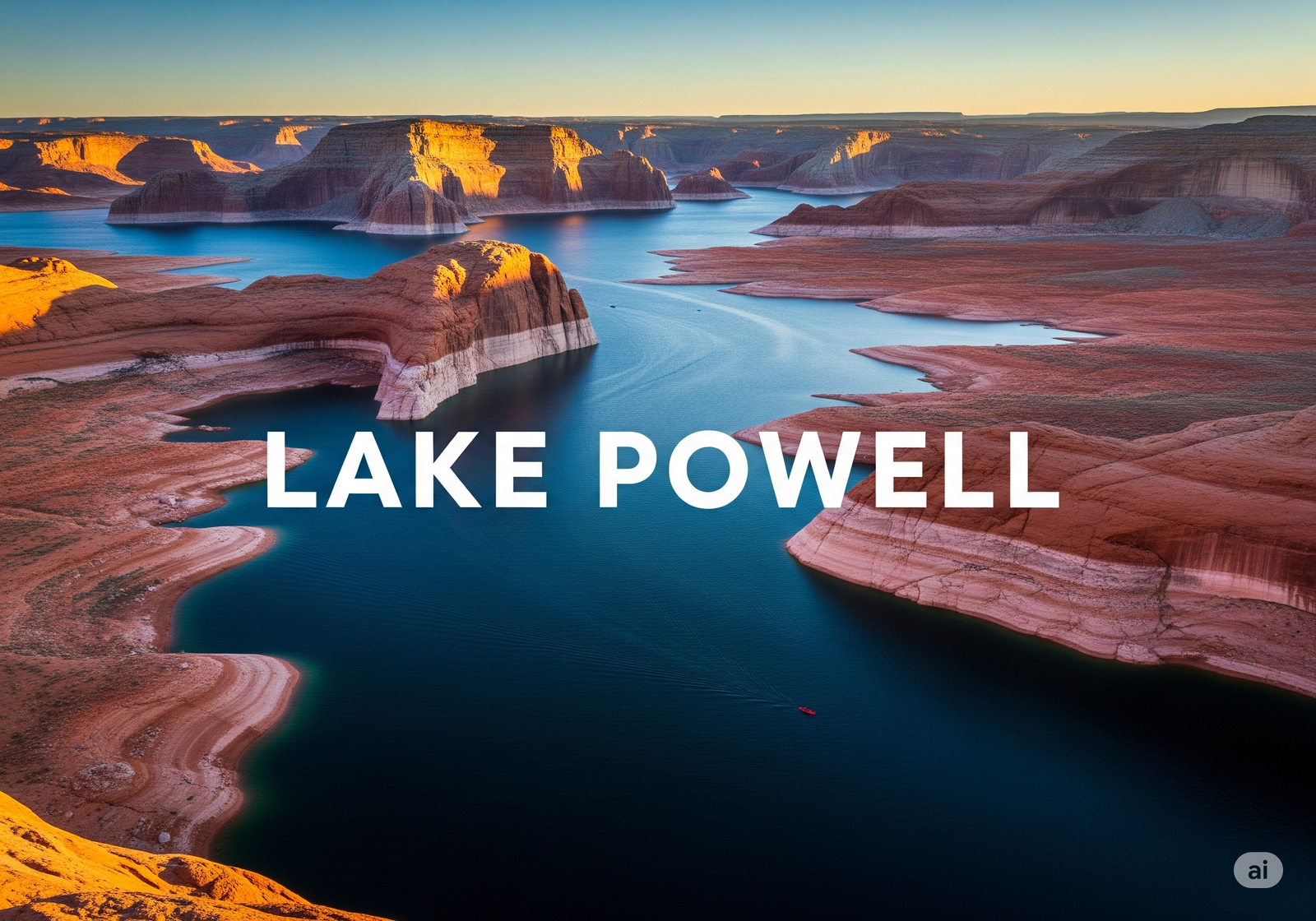
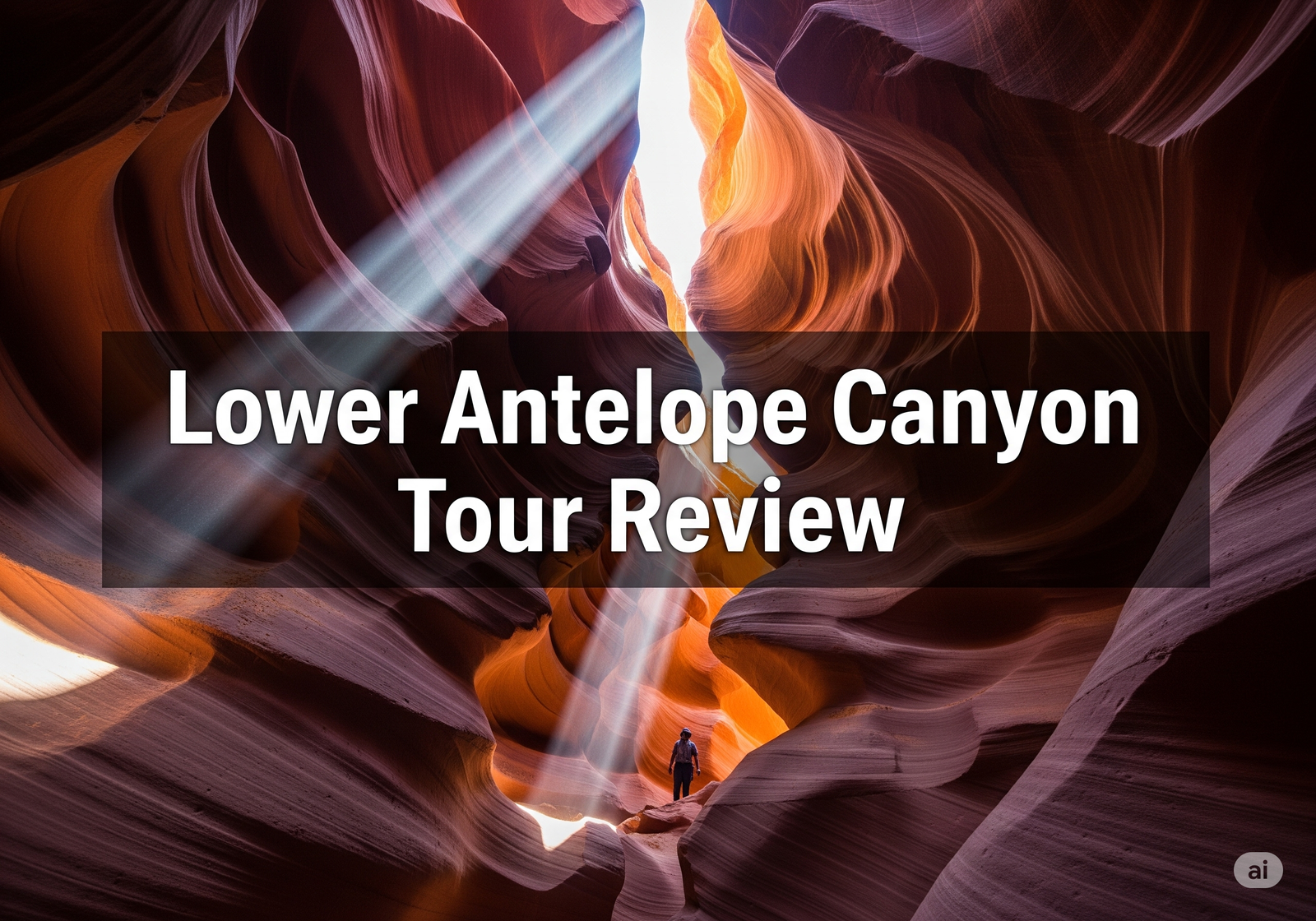
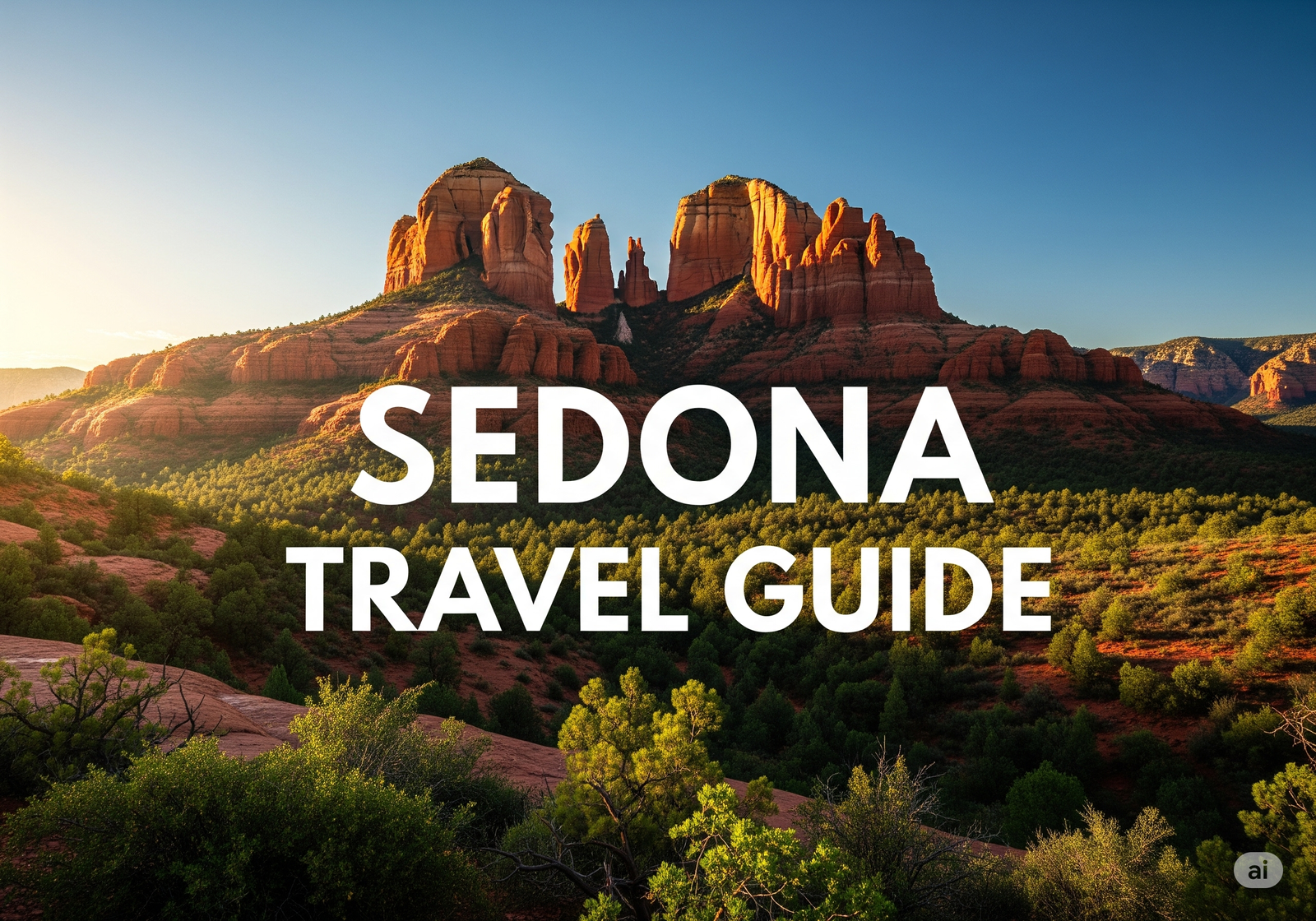





Leave a Reply